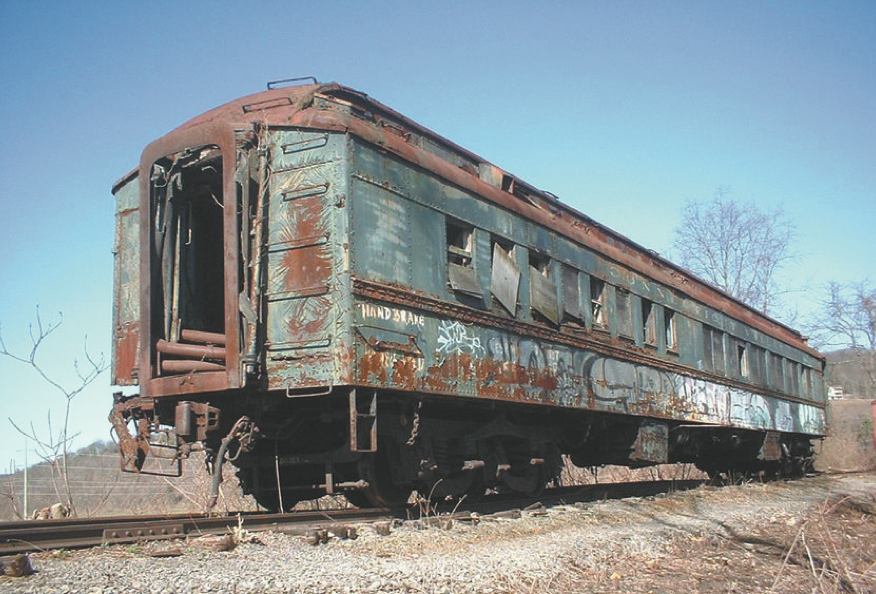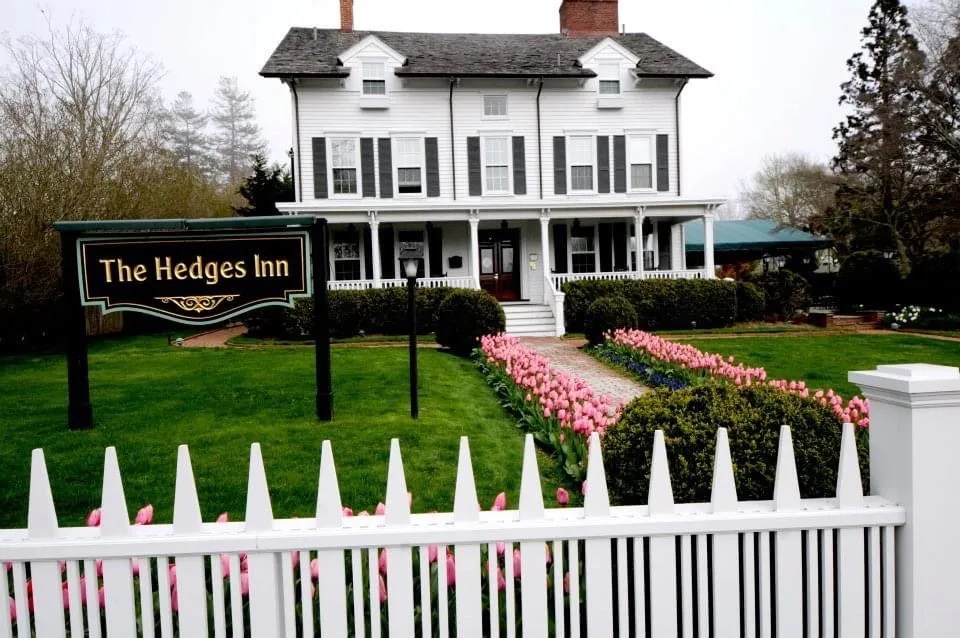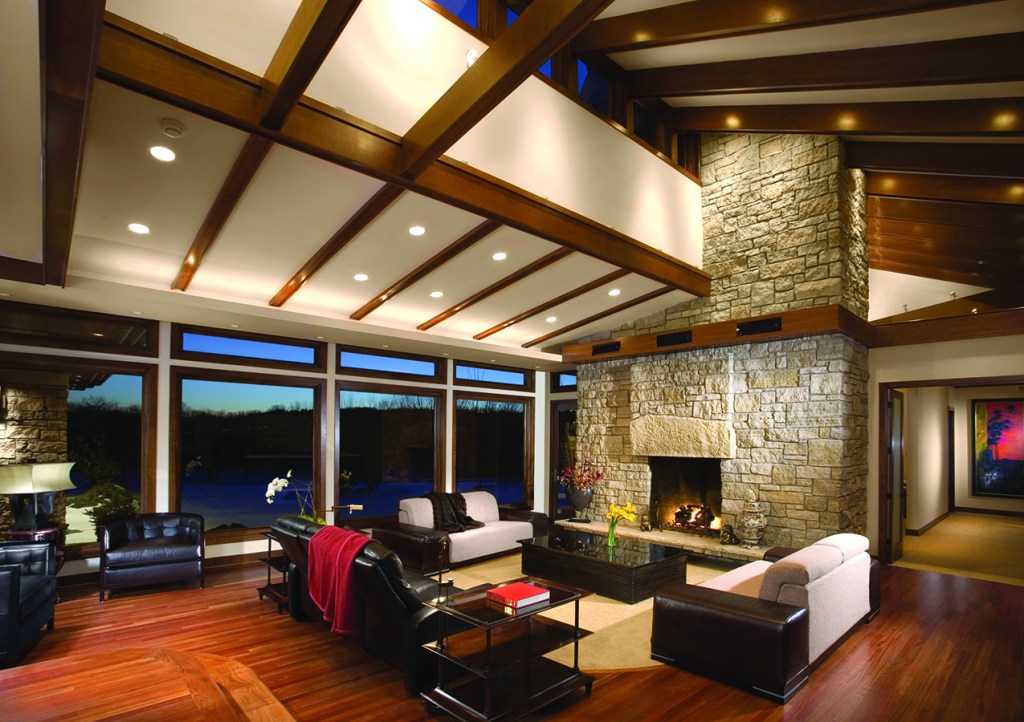Endangered Lion Gardiner Looking for Support, Funding

The upcoming 100th anniversary next year of the fabled Lion Gardiner dining car built by the Pullman-Standard Company for the New York Central Railroad (NYC) in 1914 is not likely to set off a major national celebration, but it might well be an occasion for festivity among historians if the Lion Gardiner is saved. As railroad buffs know, The National Railway Historical Society (NRHS) this past April listed he Lion Gardiner—which may be the last heavyweight New York Central dining car in existence—as one of the “Top Eight Endangered Railroad Landmarks In the Country.”
Of course, the name, “Lion Gardiner,” resonates on the East End, and so a recent initiative to raise funds to refurbish this unique example of elegant railroad dining in the day takes on special significance. It was, in fact, says Elrond Lawrence, PR Director for NRHS, that very list—“the first time” the society compiled such a record—that spurred three organizations to “band together” to see if the dining car could be saved, and that prompted the inauguration of an annual Railroad Heritage Grant Program, which just awarded the Lion Gardiner $5,000.
The organizations—the Empire State Railway Museum (ESRM), Catskill Revitalization Corporation and the Ulster and Delaware Railroad Historical Society—have a twofold mission: raising public awareness and raising funds to restore or more likely refurbish significant relics. Except for railway buffs, not many people know about The Lion Gardiner, which is now owned by ESRM in Phoenicia, NY and resides in Kingston (Ulster County), about 25 miles from the city. More than money, though, would be needed to bring The Lion Gardiner back to a state where it could be displayed and perhaps even put into short-distance operation. Enthusiasts point out that the car would need continued loving care and funding. Reportedly, major damage includes a collapsed floor (“kitchen floor rot syndrome”) and obvious exterior corrosion.
The NRHS calls the car “an exceptional representative” of class dining during the 1914–1940s era, kitchen, wait station and all. Before such amenities, passengers would have to leave the train to eat, ESRM president Dakin Morehouse points out.
Built as New York Central no. 450 for use on the prestigious Twentieth Century Limited, “the most famous train in the nation,” the car measures 72 feet 6 inches and bore Pullman’s signature green color and black roof with gold lettering, says Lawrence. It ran between New York City and Chicago with a running time of 18 hours. And get this, he adds: today’s Amtrak’s Lake Shore Limited does that run in 19 hours! In 1936, the car was pulled from the Century and renumbered 518, with an updated interior, including air conditioning (a luxury then), but “retained its wood windows and its characteristic ‘clerestory’ roof line.” Except for tables and chairs, a lot’s still there: buffet, pantry, the works, says Nathaniel Guest, Director of Preservation for NRHS. He raves about the car’s sub-floor “profusion of pipes and gadgets and appliances,” making it a “steampunk fan’s dream of how to heat, cool, water, and power a luxury train car in the era before electronics.”
In 1949, no. 518 was sold by New York Central to the Delaware and Hudson Railroad and again renumbered, as no.154, and ran on D & H trains through the ’50s. The car was named “The Lion Gardiner” in 1971, when it was moved to the Valley Railroad in Connecticut. By then, it had acquired a crusty, gritty exterior, and by 1976 was virtually abandoned in the woods of Essex, CT. In 1986 it wound up in Kingston, NY.
Why the name? Morehouse speculates that it may trace to a branch of the Gardiner family because the [Robert] Gardner [sic]-Denver Company, which manufactures heavy equipment, such as compressors, has a history going back to the 1850s and only a wealthy family could have started such an enterprise. In any case, Guest points out that for years New York Central did not follow the tradition of naming sleeping, lounge and dining cars, but that once The Lion Gardiner became a retired “star” in the ’70s, it was given a name, bringing together various legacies: Lion Gardiner, railway dining and recent but important preservation efforts.
The Lion Gardiner dining car is thus both historical and historic, “the sole surviving example of the 1905-1925 heavyweight dining-car class in New York State.“ As such, it is eligible for inclusion in the National Register of Historic Places. If the car is saved because of the cooperation of public and private entities, Lawrence says it will not only add to the nation’s heritage, it will serve as a fund-raising model for similar efforts. As Guest emphasizes, “The car is a record of craftsmanship and mechanical ingenuity of the sort we will not see produced again. No amount of photo documentation would take the place of the informational and cultural legacy the car embodies.” Enthusiasts are invited to make a donation at esrm.com.
The National Railway Historical Society, 215-557-6606. The Empire State railway Museum, 845-688-7501.



